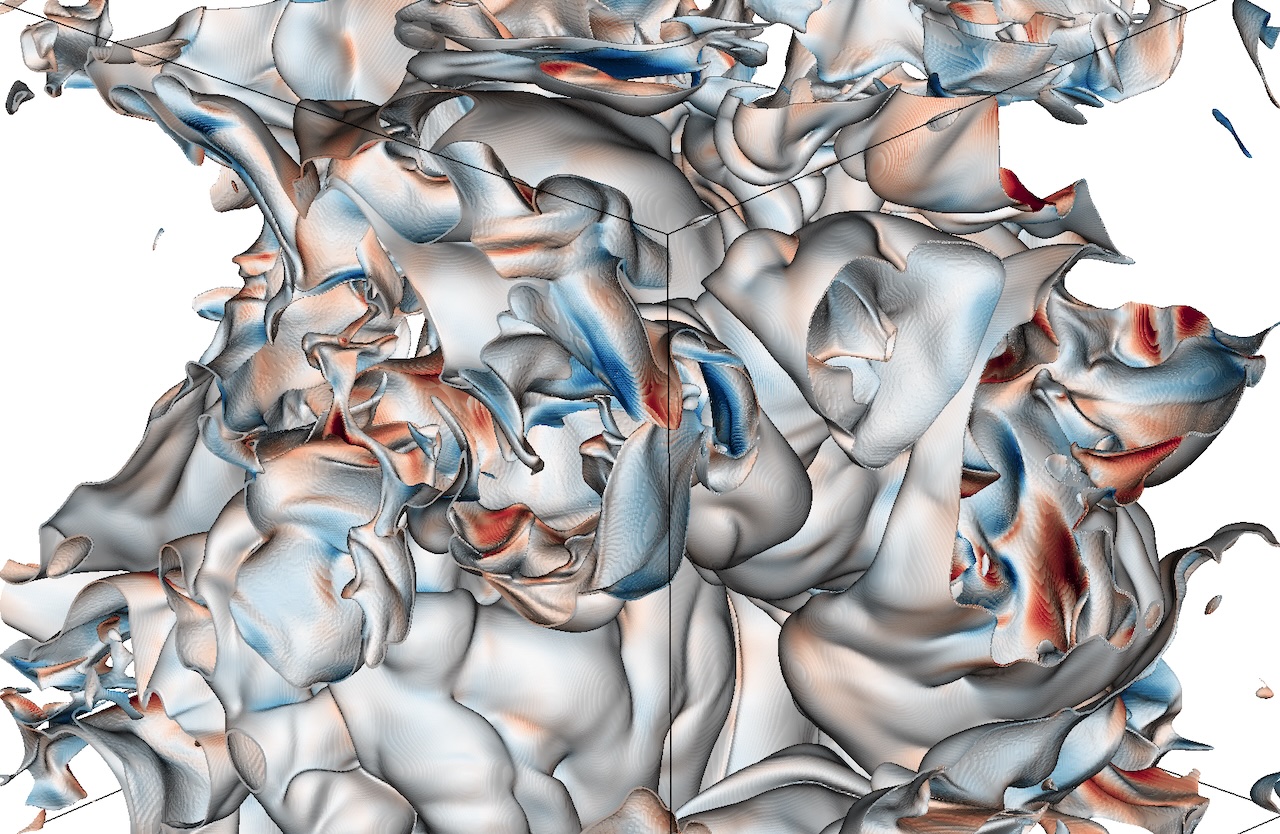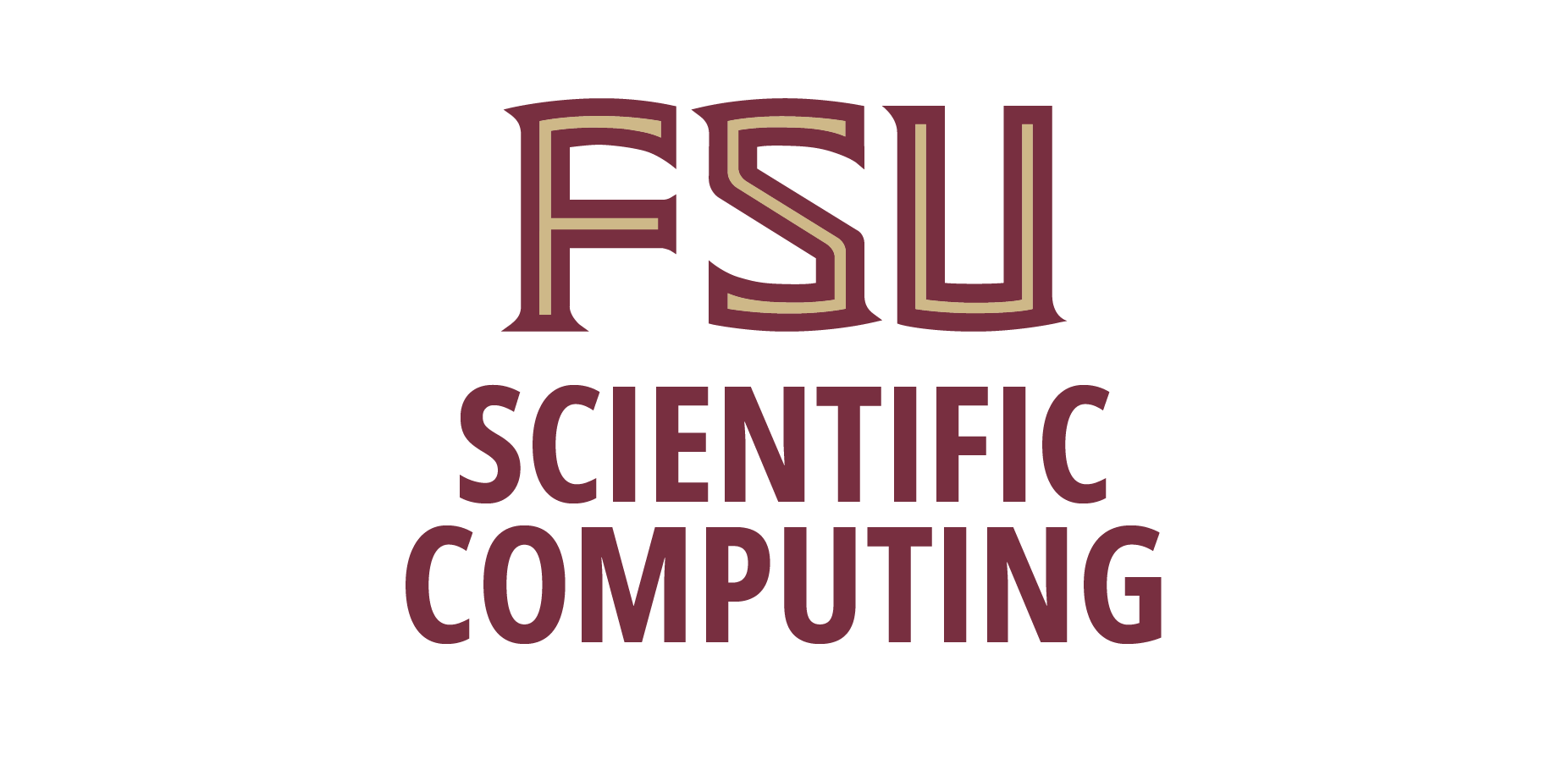"Lagrangian View of Flame-Fuel Interaction in Buoyantly Unstable Flames"
Tomasz Plewa
Dept. of Scientific Computing,
Florida State University (FSU)
Wednesday, Oct 15, 2025
- Nespresso & Teatime - 417 DSL Commons
- 03:00 to 03:30 PM Eastern Time (US and Canada)
- Colloquium - 499 DSL Seminar Room
- 03:30 to 04:30 PM Eastern Time (US and Canada)
Abstract:
The evolution of subsonic burning fronts, known as deflagrations or simply flames, is driven on scales comparable to the reaction zone's thickness. In an idealized one-dimensional scenario, the flame structure can be found by solving a set of ordinary differential equations that represent the interplay between hydrodynamics and combustion physics. In realistic multidimensional situations, the flame propagates into a perturbed fuel, which can geometrically deform the flame front and affect its internal structure.
The effects of flame stretch and strain have been extensively studied by the combustion community since G. H. Markstein's pioneering work some 60 years ago. These efforts led to the Matalon–Matkowsky–Clavin–Joulin theory of strongly wrinkled premixed flames. However, the Matalon et al. theory only provides a local prescription of flame evolution and does not account for potential effects due to flame-fuel interactions, which modify the flow in regions significantly larger than the flame thickness. This problem is further complicated in computer models, which necessarily must employ formulations consistent with problem physics and typically use the Eulerian view of the fluid system. In such models, transport of fluid parcels across the Eulerian mesh destroys the history of individual fuel parcels and complicates analysis the analysis of flame-fuel interactions. This talk presents a Lagrangian analysis of flame-fuel interaction, which, for the first time, allows us to identify the physics responsible for the recently reported reduction in burning times as the distance to the flame front decreases.


